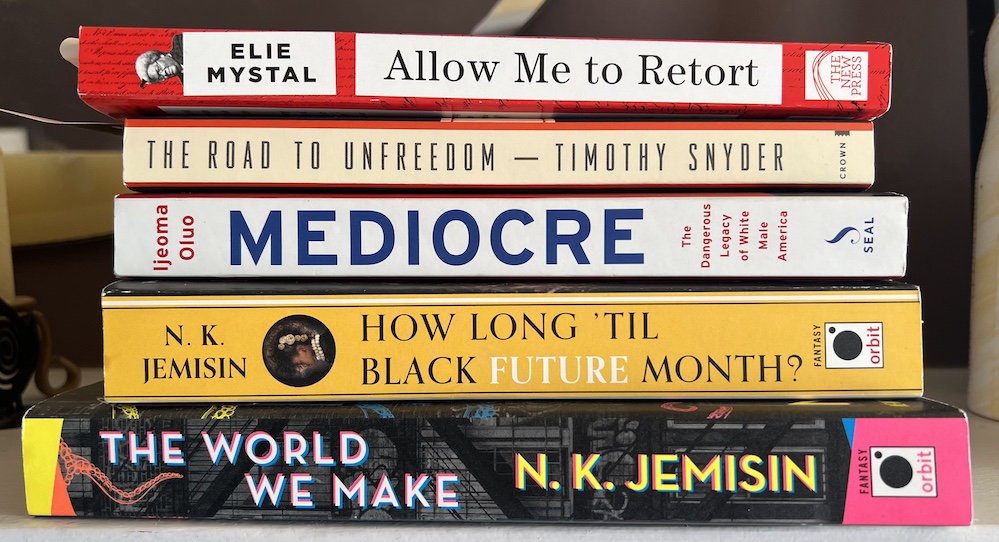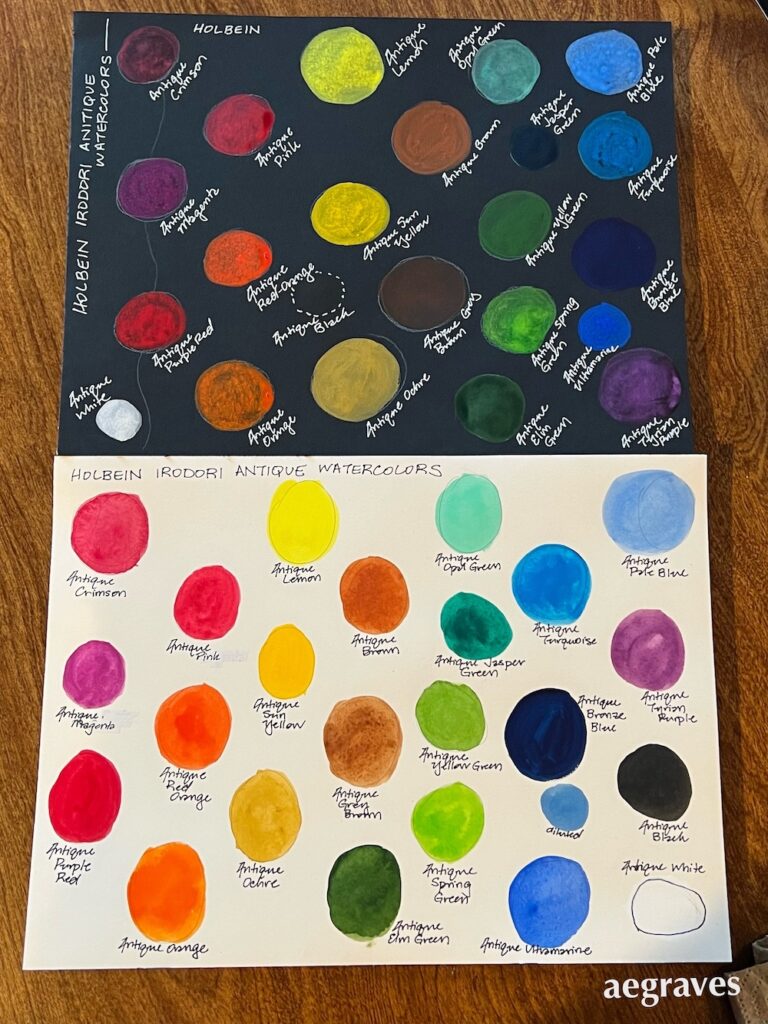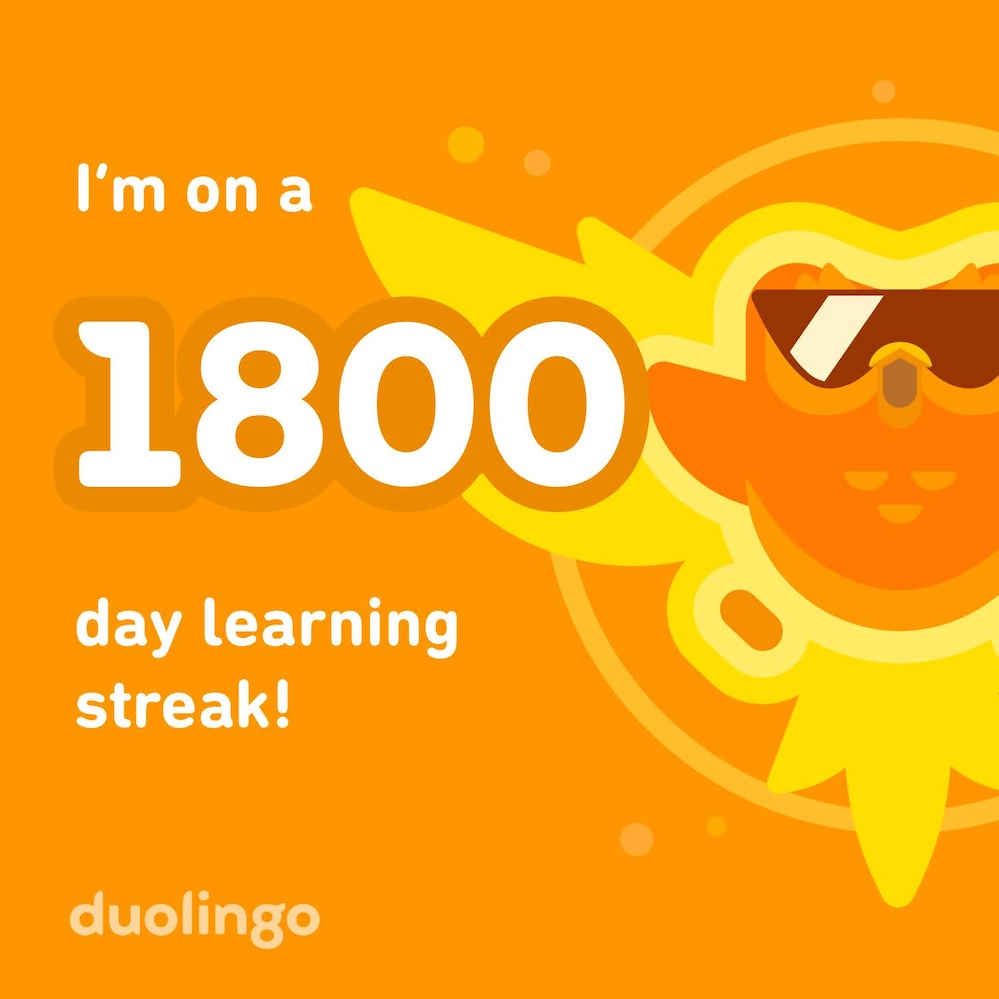Monarch: Legacy of Monsters
published by Apple TV+ (1 season/10 episodes so far)
2023-
We San Franciscans can be vain about our beloved City, so OF COURSE we have to watch the Godzilla movie about the “G-Day” attack on SF in current times, and remark on the rendering of the monster-smashed high-rises and relocated subway stops that appear in this fun series.
The premise: Godzilla and other giant Titans are real, and can periodically leave their connected universe to appear on (and destroy parts of) our world. How our worlds connect was the focus of the parents and grandparents of two of our three young current-era protagonists, who track down solider Lee Shaw (played by Kurt Russell now and by his son, Wyatt, in Shaw’s youth) to learn more about Titans, their world, the missing father of two of the leads, plus the government agency, Monarch, that turned against Shaw.
The series does a good job of telling the past and present stories without jarring us – we always know which era we are in (thanks, Russell father and son!) – and of showing a version of our current world where Titan evacuation drills are just a thing we do.
The older generation of characters, Doctors Miura & Randa and Lt. Shaw, have great chemistry, and I love seeing scientists as the leading characters. Their monster-chasing adventures have an old-school, Raiders-of-the-Lost-Ark feel in the best kind of way (and in a different era), but with less camp. Their grandkids are persistent in the right way, though their shaky bonds are shaky for plot reasons; once they free him, older Shaw herds them to where they need to go.
This is a fun, San-Francisco-smashing version of a Godzilla mythos, and I would like to see another season.





